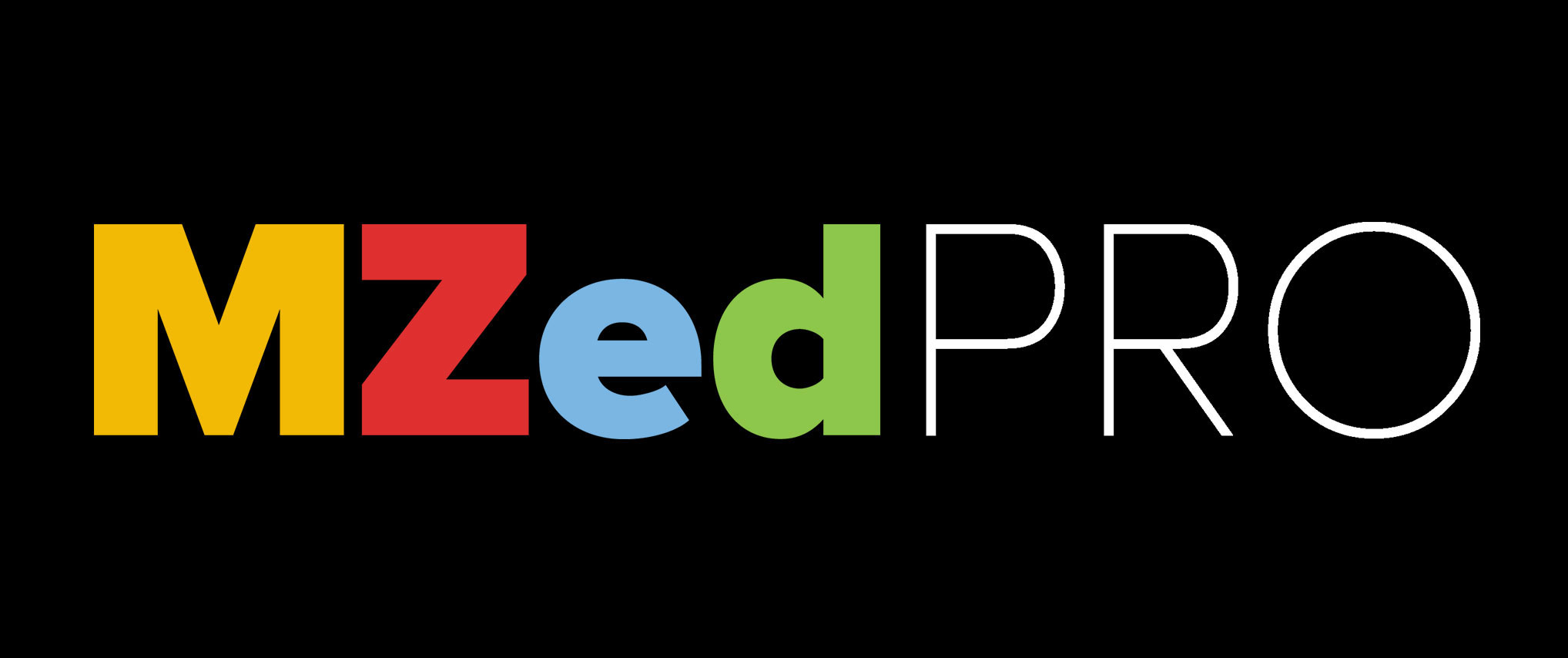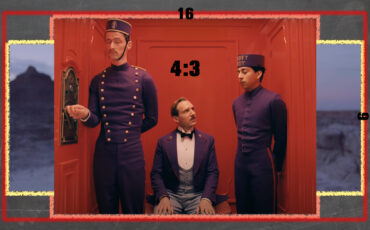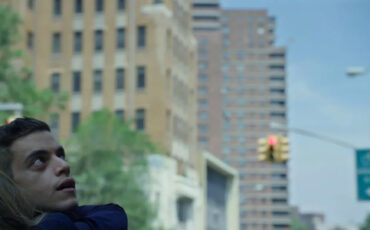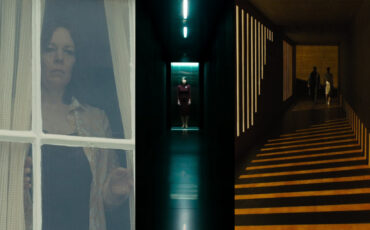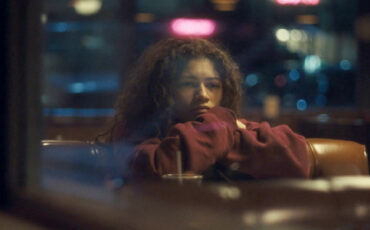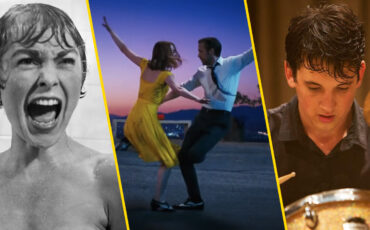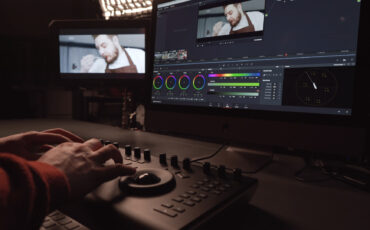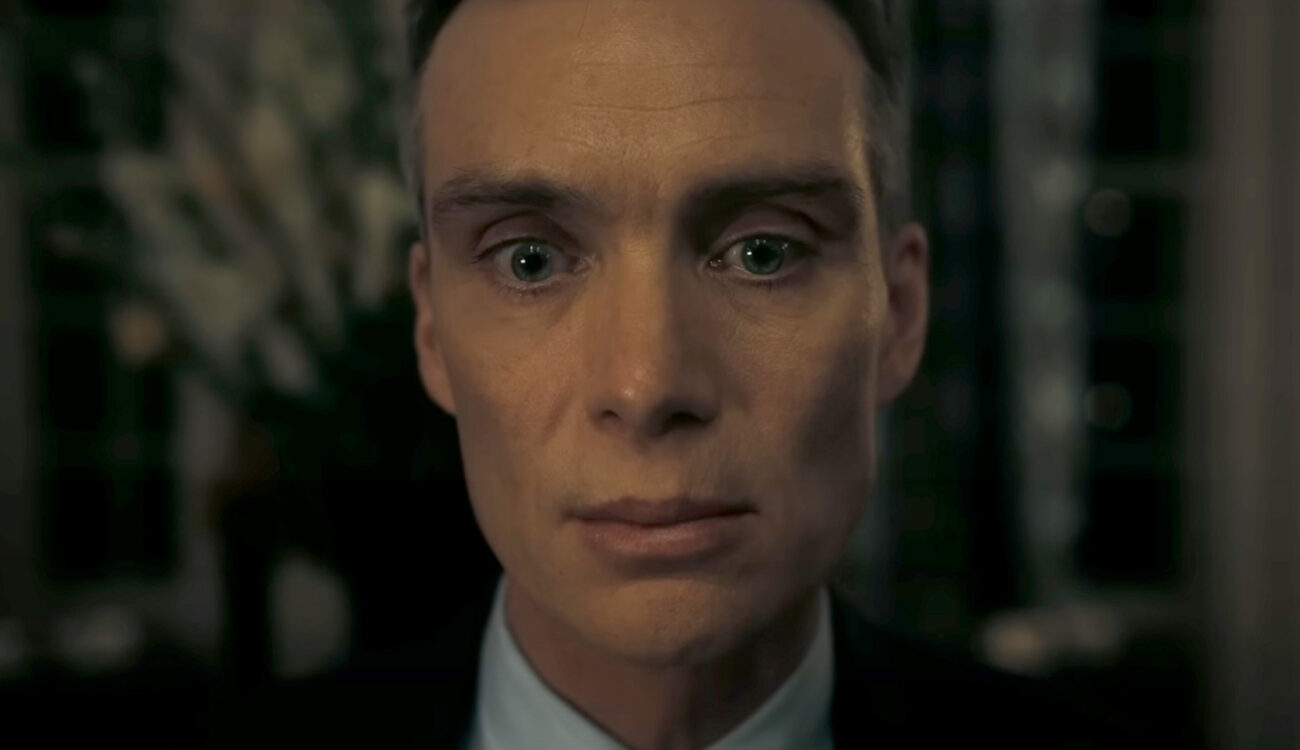
Have you heard the rule “keep it simple, stupid”? Yet, on the lookout for impressive shot composition, brilliant blocking, and mind-blowing camera movement, we tend to forget about the most basic tools in our filmmaking kit. Surely, everyone knows how to set the correct focus. However, not everyone thinks about the incredible power it possesses for storytelling. So, why don’t we appreciate the focus in film for a couple of minutes, and explore various techniques and reasons for its use in videos?
Even if you are a pro at focusing and know everything about deep space, flat space, shallow depth of field, and even split diopters, I think it’s important to refresh your knowledge once in a while. In my experience, it’s quite common for elements as basic as the focal point to be overlooked when creating the visual language for your film. Also, I promise that we will look at some film examples, including the latest Christopher Nolan film, “Oppenheimer”.
Getting the terms straight: focus and depth of field
Because the cameras on a smartphone are as integral a part of our lives as, say, a toothbrush, even children know what a focus in film and photography means. However, to understand it on a deeper level, we have to talk about the depth of field first. Director Kyle Wilamowski gives a straightforward explanation of this term that is simple to understand in the MZed course “Fundamentals of Directing” :
Depth of field is the distance between the nearest and farthest objects in a scene that appear sharp and in focus in an image.
Kyle Wilamowski
As an example of low depth of field, Kyle shows us a film still from “The Master” with Amy Adams‘s character in a reaction shot. The focus is solely on her face, while both the background and foreground are blurry.
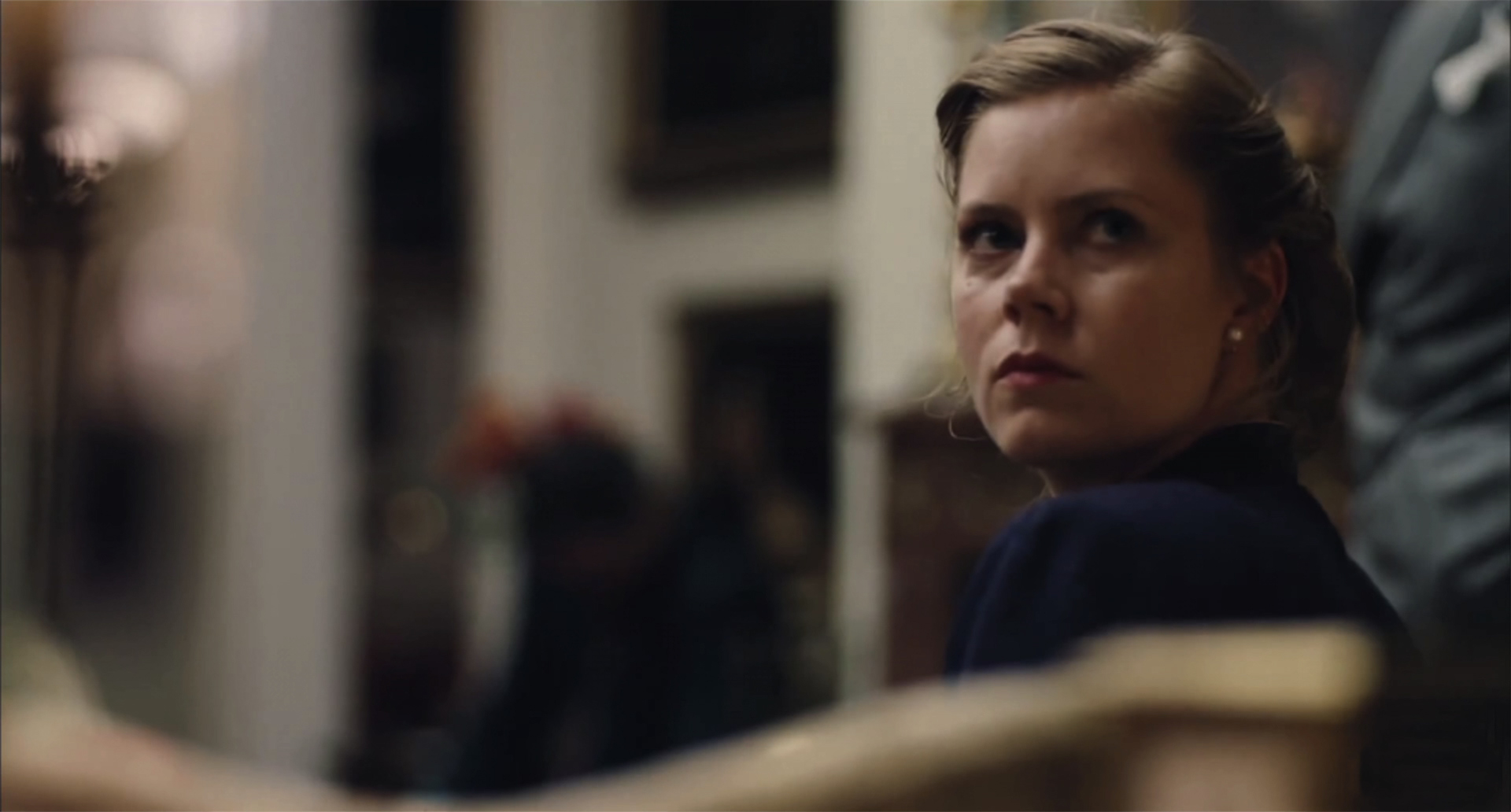
The Art of Visual Storytelling
How does it affect the viewer? It naturally directs our attention towards the woman and her emotions, blending out everything else. So, we feel a connection to her without the distractions (even if you want to avert your gaze, nothing you see will be in focus).
Conversely, a high depth of field can give us much more information within an image. Without question, the most classical example would be “Citizen Kane”. The extensive use of deep focus is one reason Orson Welles’s iconic drama gained its place in filmmaking textbooks, isn’t it?
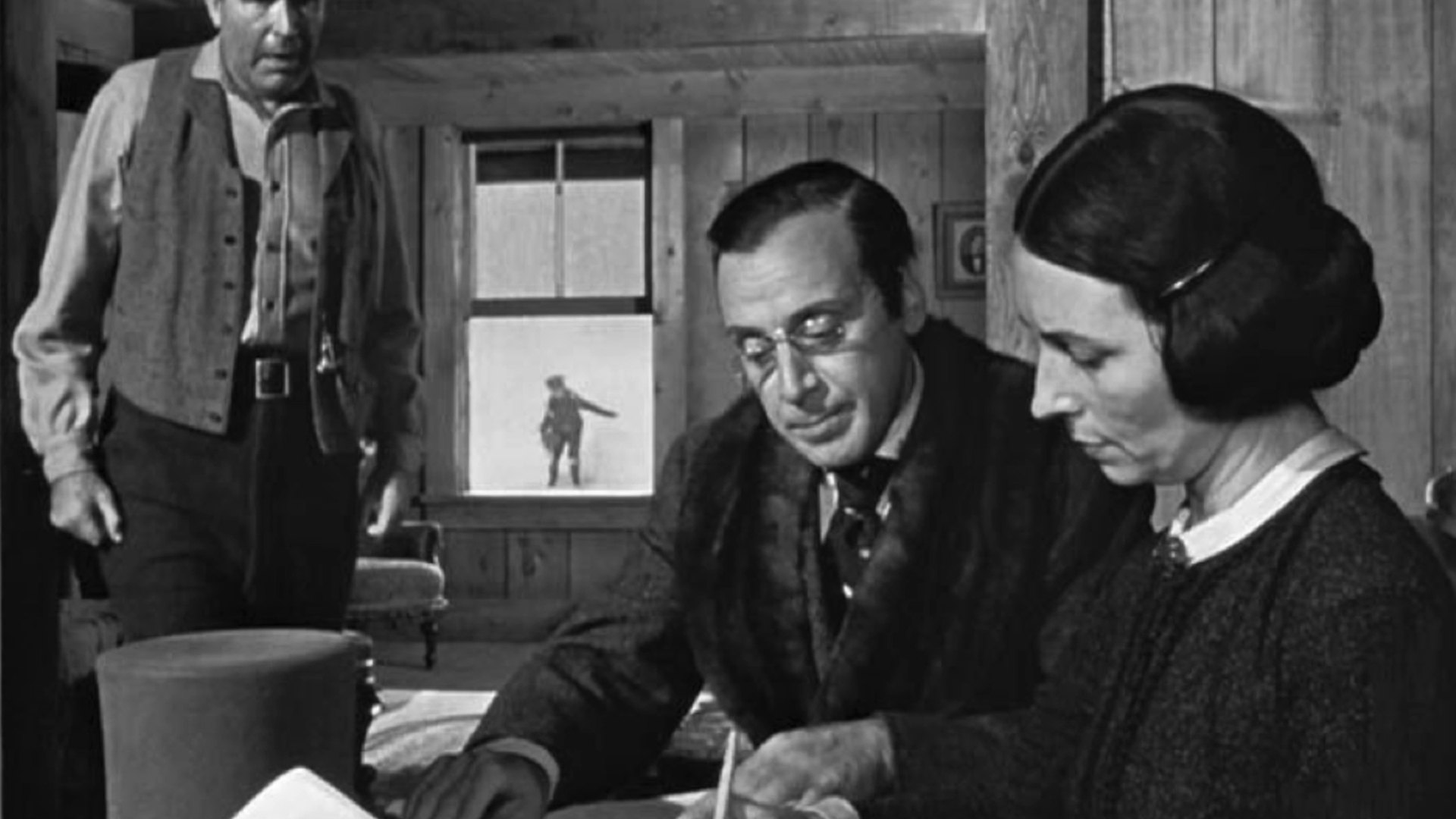
In this scene, we see a small event – the signing of a contract – but it is of enormous significance to the story. For this reason, it was important for Orson Welles to show every character in sharp focus, especially the child playing outside, whose destiny is defined at this moment.
Using focus in film for more visual intensity
Apart from explaining the fundamentals of camera language, Kyle Wilamowski reminds us that every frame has its own voice. So, while making a visual decision with the focus in film, he encourages filmmakers to ask themselves two questions: what they want to focus on and what they do not want to focus on, and in both situations “why”. Simple as that.
Is it simple, though? As we all know, films are a two-dimensional medium. So, it’s up to us to decide what depth we want to convey to the audience. You might be familiar with the term “deep space”, which refers to an illusion of a three-dimensional picture created by using special elements like perspective or the size difference of the same objects in the frame. As it turns out, once you blur the background, it becomes flat – the opposite of deep space (there are also “limited” and “ambiguous” spaces in film theory, but that’s another topic).
It’s not a bad thing per se, as you might want to tell your story only in flat shots. For example, this spatial constant can be a perfect choice for a film about a person trapped in a hopeless life with no means of escape.
Of course, there are other countless ways to create flat space in the shot. For example, eliminating the perspective in the background, as Wes Anderson often does. Yet, you should be aware that shallow depth of field and out-of-focus elements will have a similar effect on the viewer.
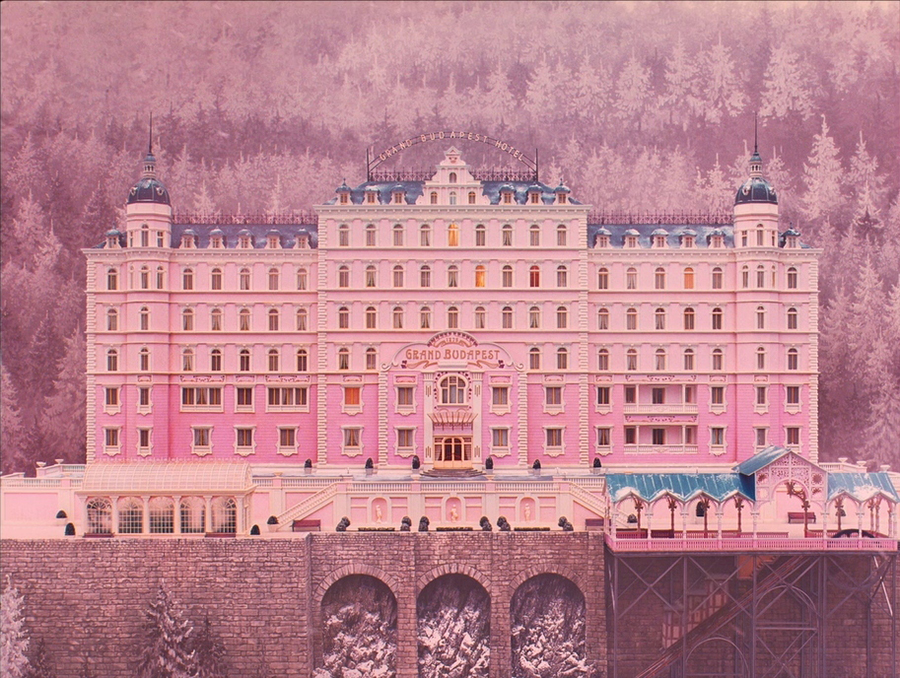
Examples of flat space. Film stills from “The Grand Budapest Hotel” by Wes Anderson, 2014 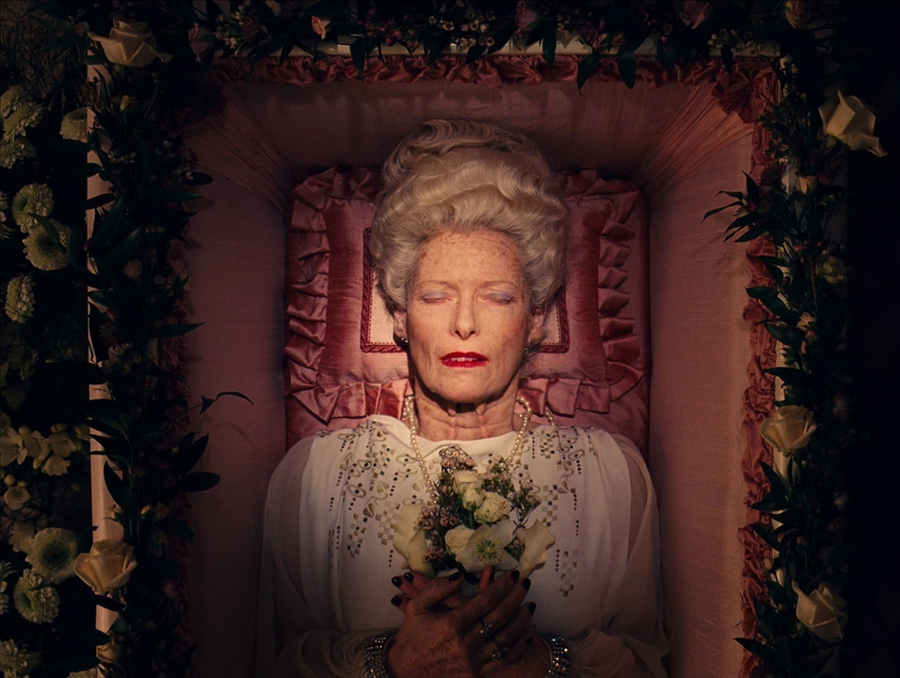
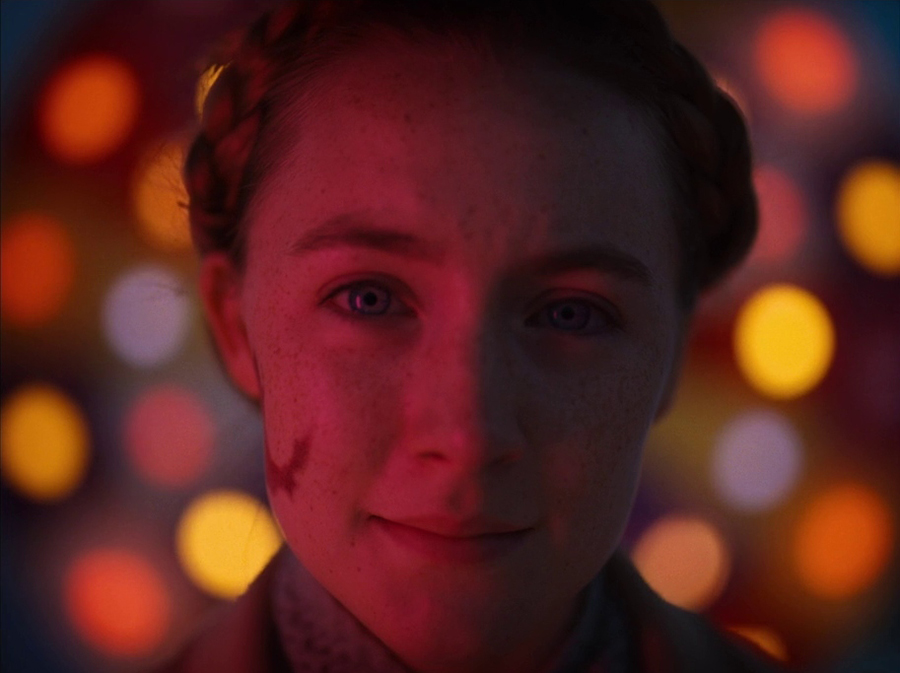
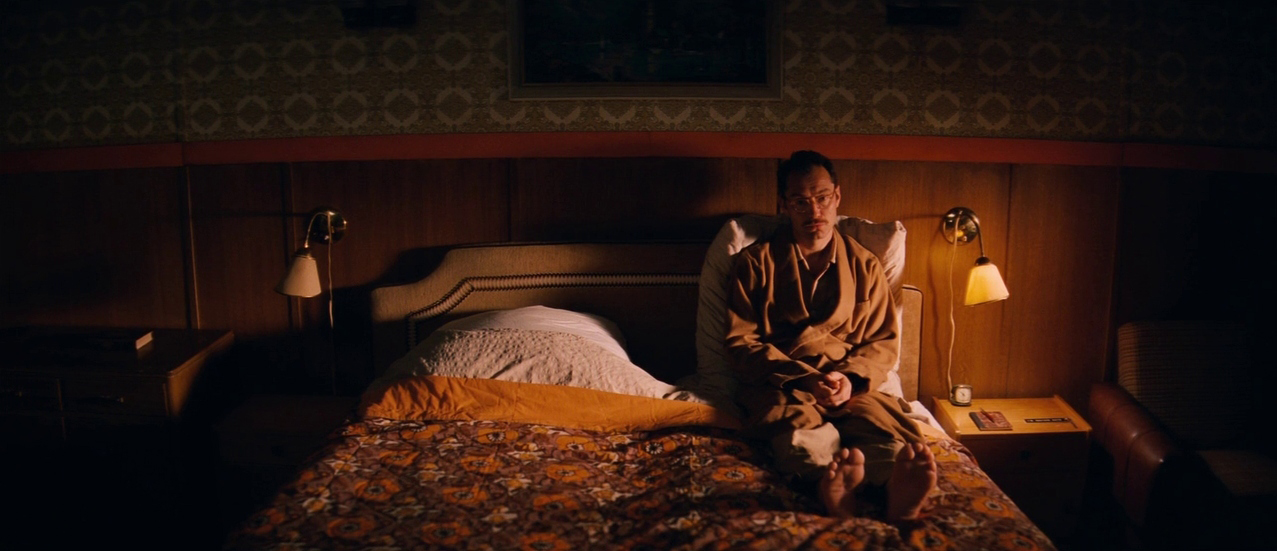
Why is this theoretical knowledge important? To give you an idea, think of deliberately changing the space from deep to flat (or the other way around) along with the storyline, as it evolves. When used like this, this tool will increase visual contrast and, as a result, greatly intensify the viewer’s experience.
Breathing focus and its significance
That leads us to yet another technique, which probably every filmmaker knows and uses. Namely, a change of focus during a shot – a so-called focus pull, or rack focus. Especially when it’s motivated by something else (a character turning their head to look in another direction; a sound in the distance drawing our attention, etc.), this tool helps to naturally manipulate the viewer’s focus point. Here’s an illustrative scene from the film “The Young Victoria” that could serve as a masterclass in this regard:
However, that’s not the only technique I wanted to discuss in this context. If you already watched Christopher Nolan’s latest film “Oppenheimer”, you might have noticed how the focus subtly breathes in the middle and close-up shots of the characters. Some might say it refers to vintage lenses not being able to focus as sharply as modern ones. Yet, I think it’s a deliberate decision to show how the protagonist (portrayed by Cillian Murphy) struggles to find solid ground in the reality he lives in. Torn between the tough decisions he ought to make, the responsibilities he takes, and the future consequences he faces, it seems as if he slightly falls in and out of focus in his own mind. At least, I think such an interpretation becomes apparent during his infamous victory speech scene, where Nolan drives the breezing focus to an extreme.
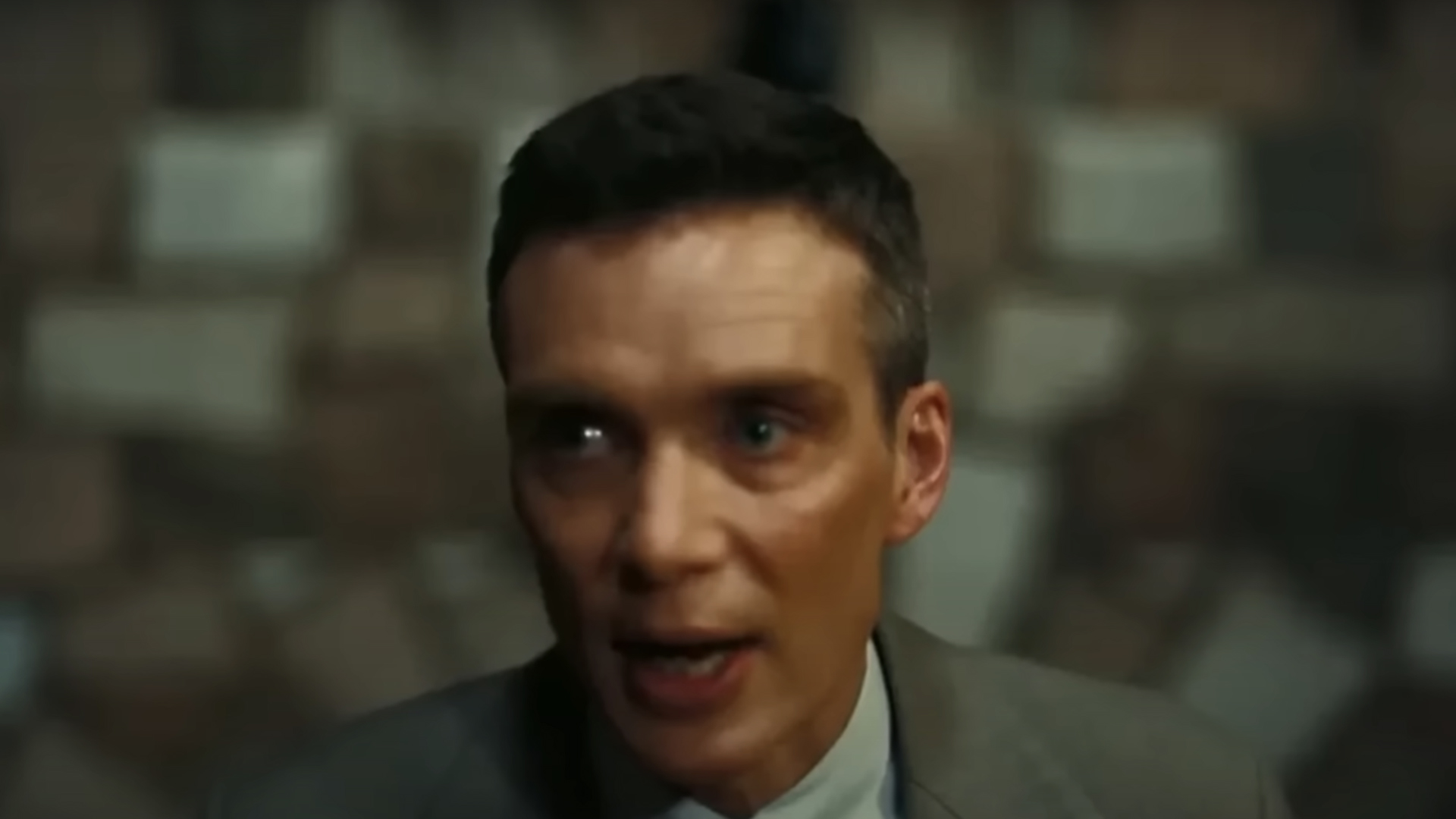
Choosing the right lens
When we talk about focus, we can’t ignore the term “focal length”. However, if you want to understand it in deeper technical detail, I recommend you watch our beginner-friendly course “The Secrets of Optics”. Trust me, the industry veteran Mitch Gross can explain this topic much better than I do.
Let me give you a tip on choosing between the still and Cine lens – this one comes from the cinematographer Alex Buono and his lessons on “The Art of Visual Storytelling”.
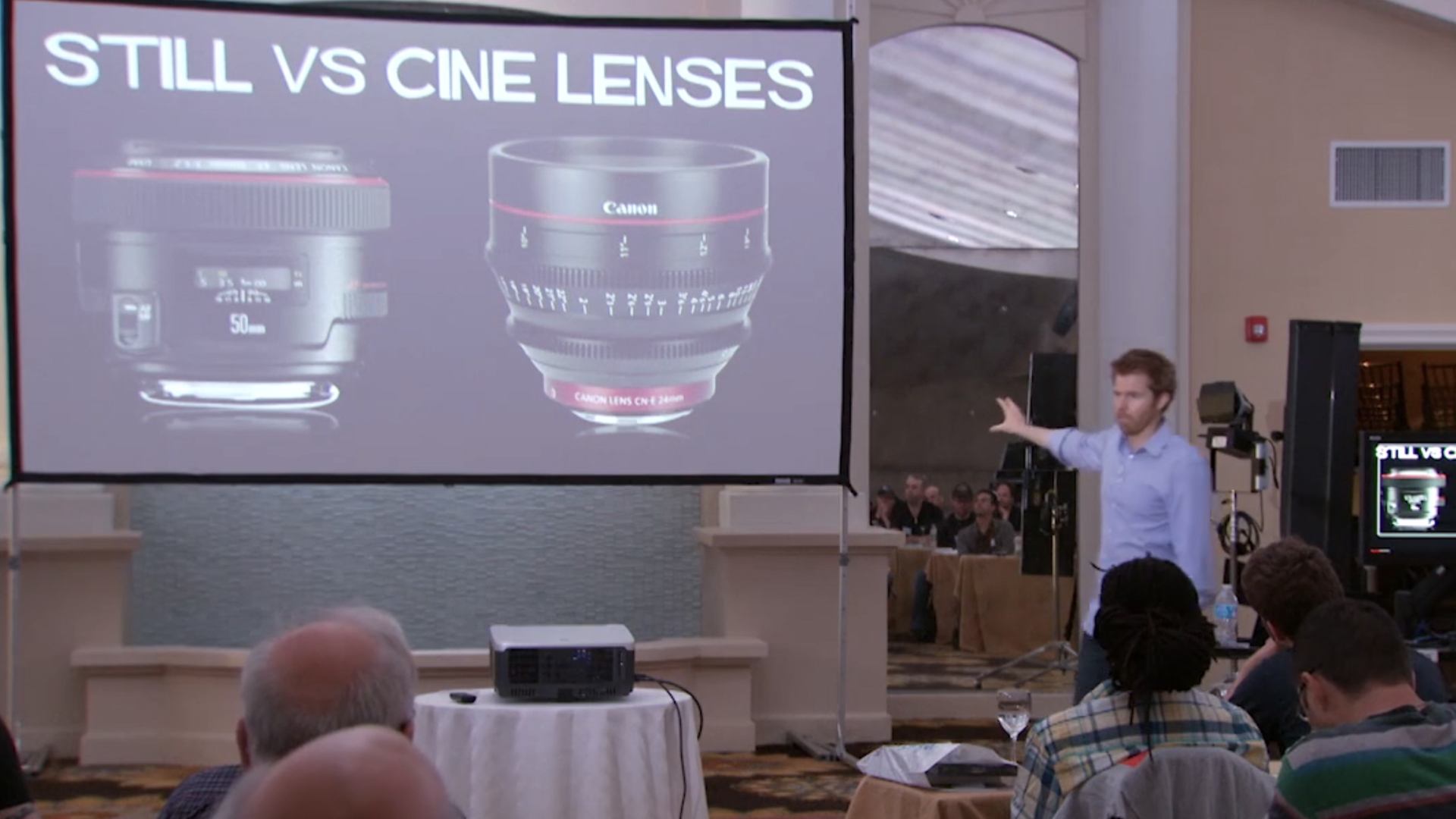
Both lenses that you see in the screenshot above are beautiful, strong glass. So, why would you choose the right one over the left? Alex explains that the choice depends on the art of the production. If he films alone, freestyle, and on a small shoot, he will most likely use the still lenses because they are lighter, more handy, and allow fast focus changes. When you have a production with a bigger crew, a focus puller beside you, and demanding shots, you should most definitely go for Cine-style. Those barrels are larger and they have a lot of focus marks on them, which allow you to set a precise focus, and also to change it more smoothly during the shot.
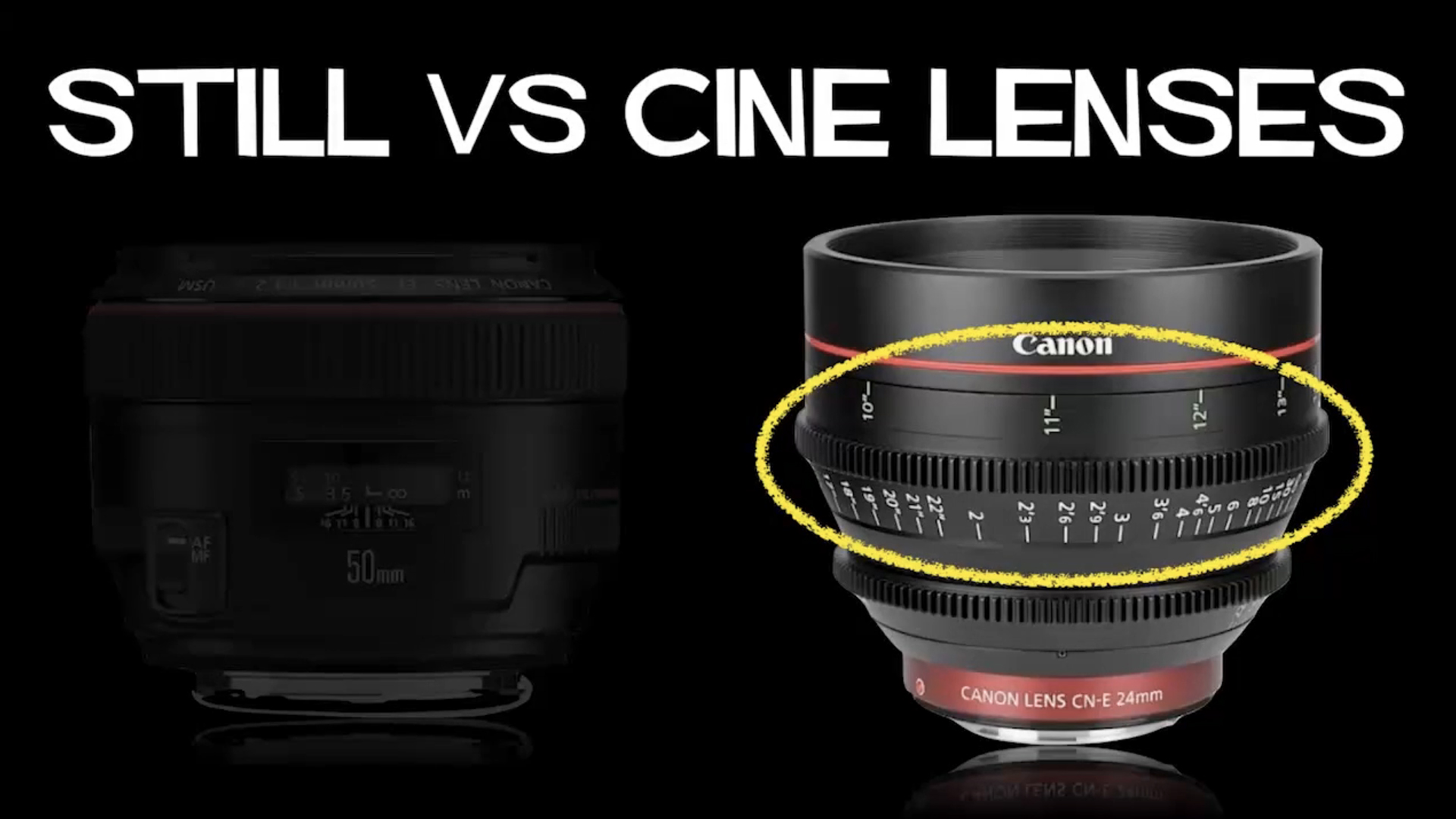
Split diopter and why you may need it
Regardless of your lens choice –still or Cine- it can only keep objects in focus on one plane parallel to the sensor. As we talked about above, the depth of this plane might vary. You can make it higher or lower by choosing another focal length, adjusting the aperture in the settings (the wider it is, the shallower the depth of field), using a camera with another sensor size, or changing the distance to your subject. Yet, it still will have only one focus area. And what if you want two or more?
This question led filmmakers to come up with a couple of other creative techniques. The impressive in-camera solution, which came into the world way back in 1940, is called a split diopter. Basically, it is a glass lens mounted neatly in front of your lens and covering only one-half (or one part) of it. This way, you can introduce an additional focal plane to your image. Of course, it needs careful positioning in the frame so that the stitch between the two is as seamless as possible (and not like in the “Jaws” example below, although it still works as intended). Once you get it, the result is amazing: it splits your focus as well as the audience’s attention, giving the viewers a very intense feeling of experiencing something they never could in real life.
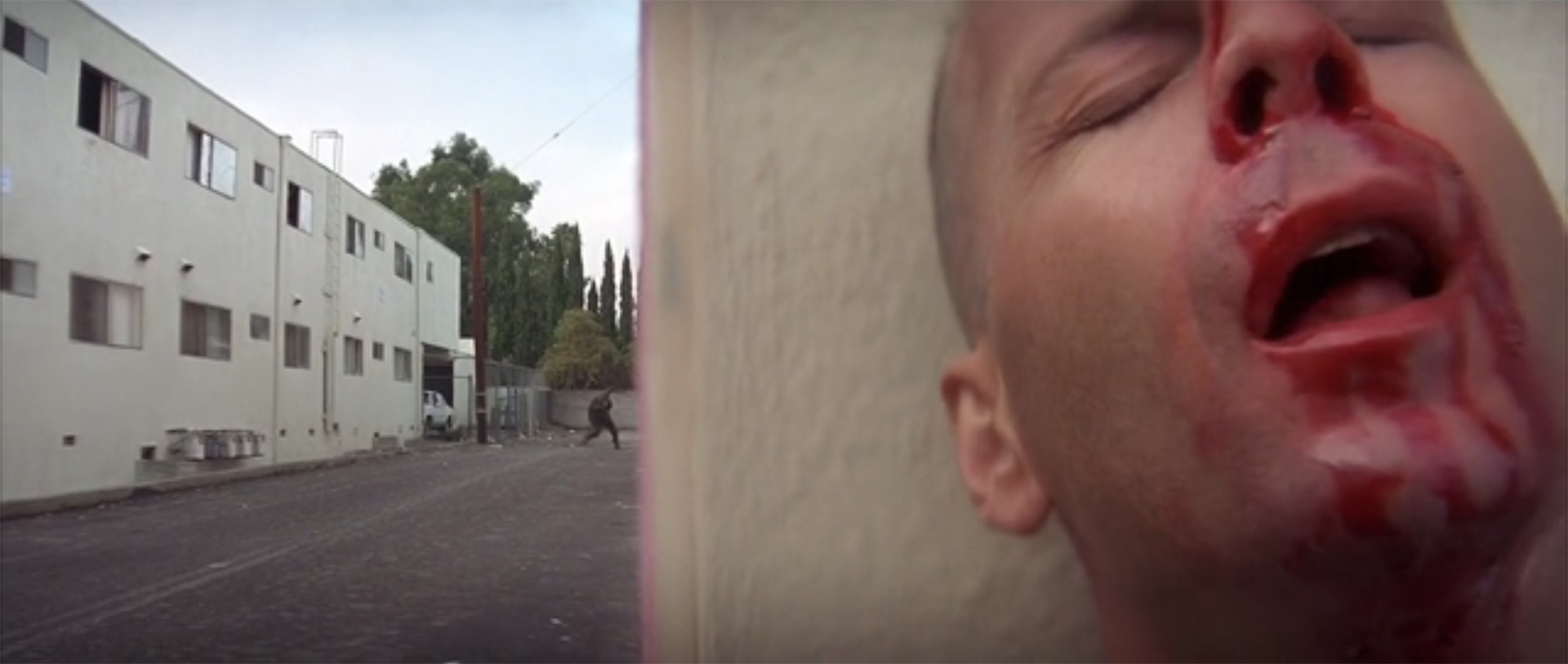
A film still from “Pulp Fiction” by Quentin Tarantino, 1994 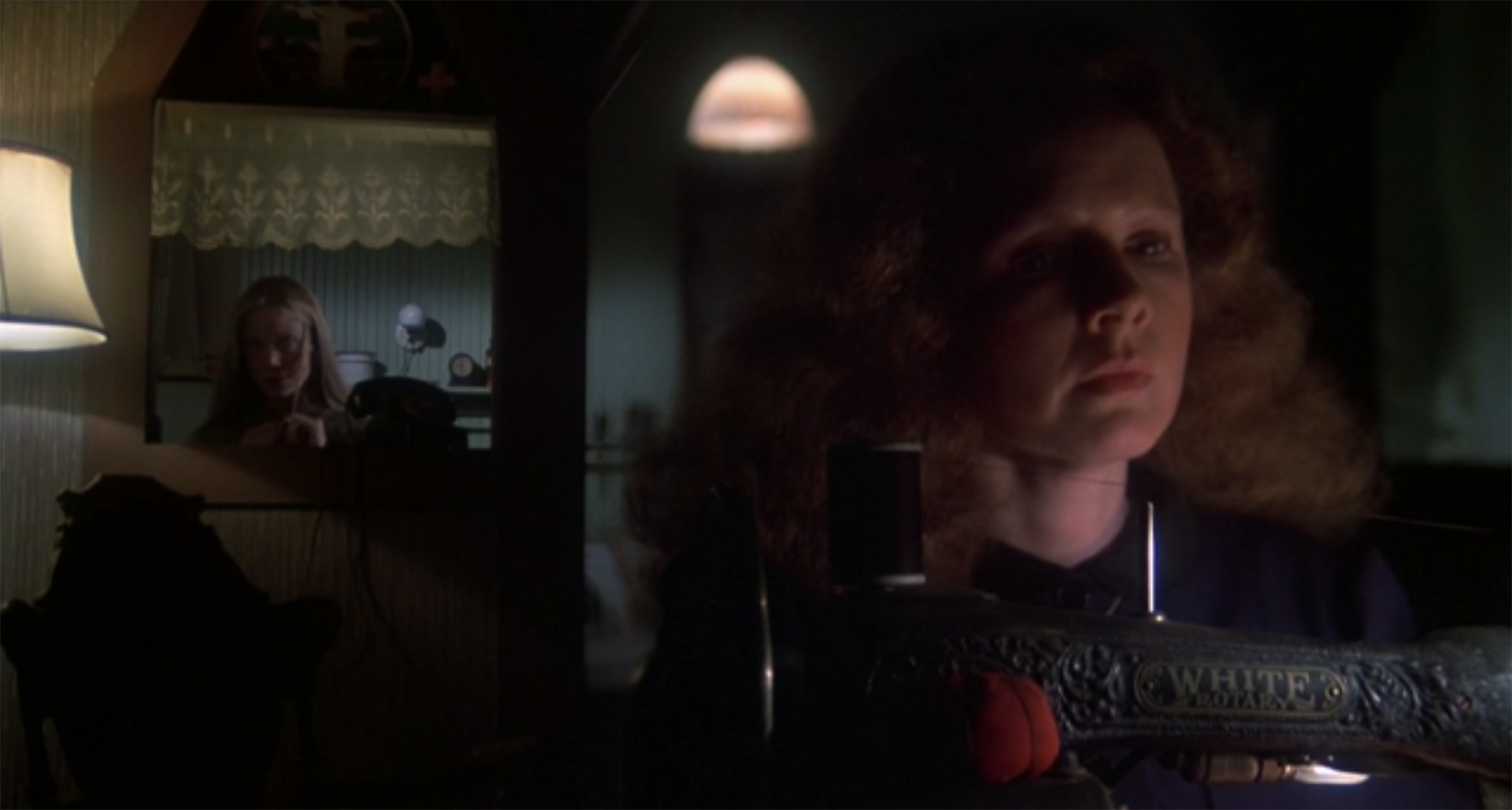
“Carrie” by Brian De Palma, 1976 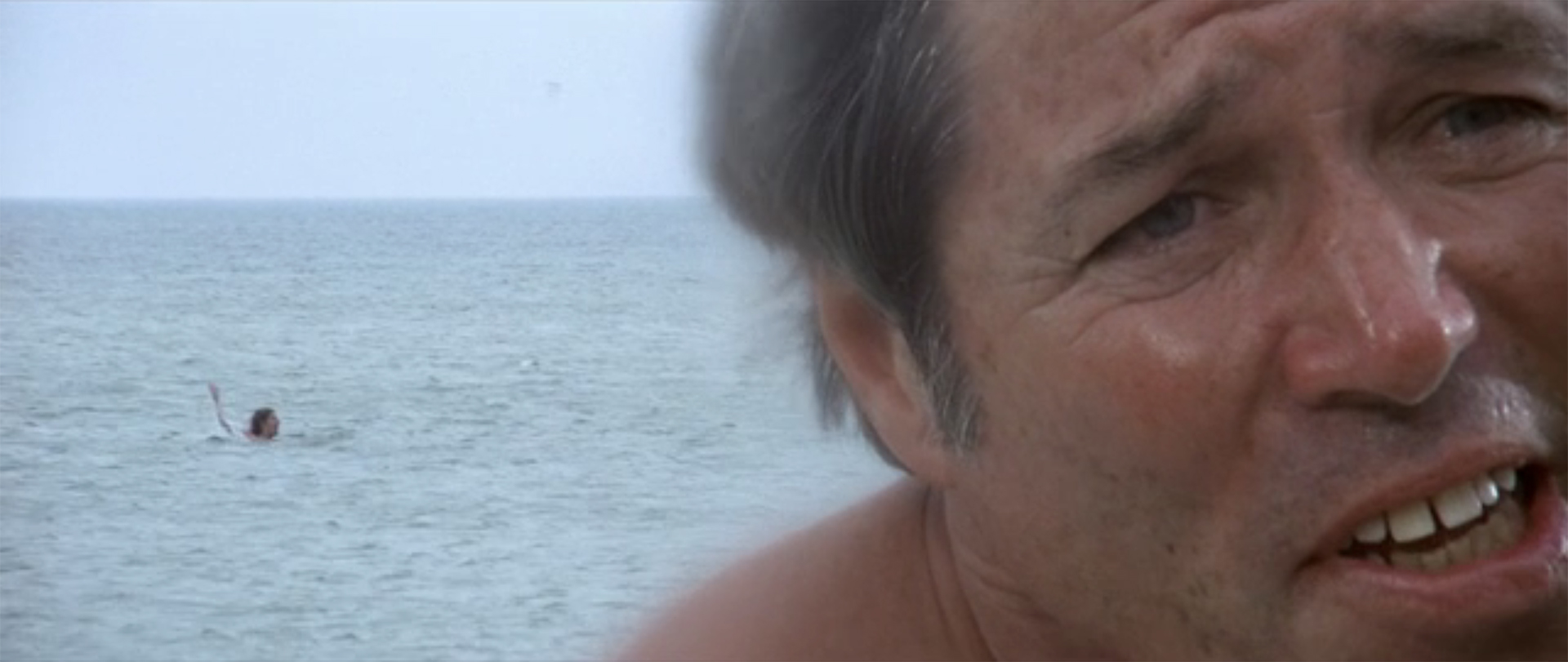
“Jaws” by Steven Spielberg, 1975
An alternative to split diopter
Another option to achieve this effect (which is probably used more widely nowadays) is comping two shots in post-production. Since we entered the digital age, this is much easier to achieve. The idea is to lock a shot after blocking and film it twice: first with one subject or area in focus, then with another. Stitching those two shots together is not difficult, and the result is as impressive as when using a split diopter.
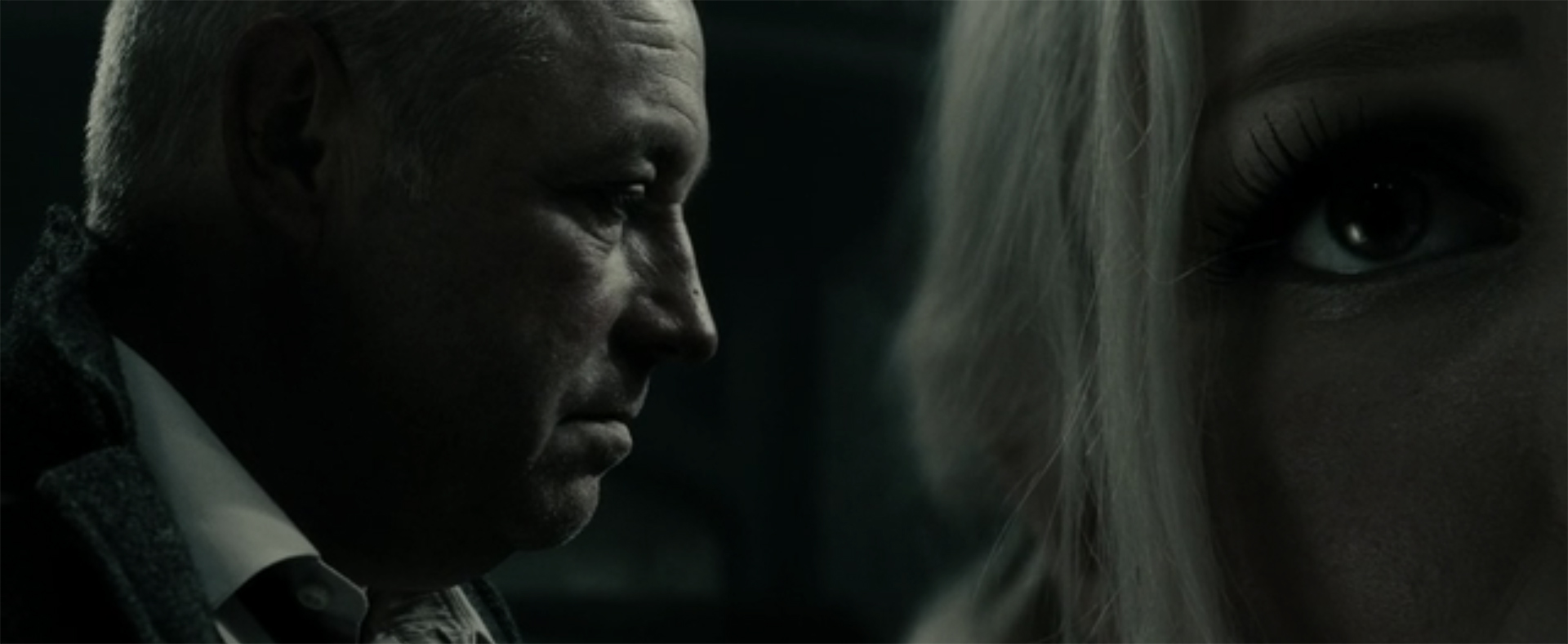
This example from “Sucker Punch” looks crazy, right? That’s most likely the intention. Committed to a mental institution after experiencing extensive abuse, this protagonist’s mind tries to find a coping strategy. This changes how she perceives the world around her, and using an impossible focus here significantly boosts the visual storytelling.
The focus in film – the power of why
One focal plane, or more – that’s a creative decision, as well as how shallow the depth of field should be and where to put your focus. There are no rights or wrongs. The only important thing is to ask yourself why. Why do I choose one over the other? What will it do to the story and the viewer’s perception of the scene? Please, remember that even if you don’t address these questions directly, your pictures will. Isn’t it better to have control over the effect you want to create?
What do you think? How do you decide which depth of field to use in a particular shot? Do you try to figure out a visual language for your films? Have you ever used split diopters? Let’s talk about focus in film in the comments below!
Feature image: a film still from “Oppenheimer” by Christopher Nolan (2023).
Full disclosure: MZed is owned by CineD
Additional source: “The Visual Story” by Bruce Block, second edition, 2008.



